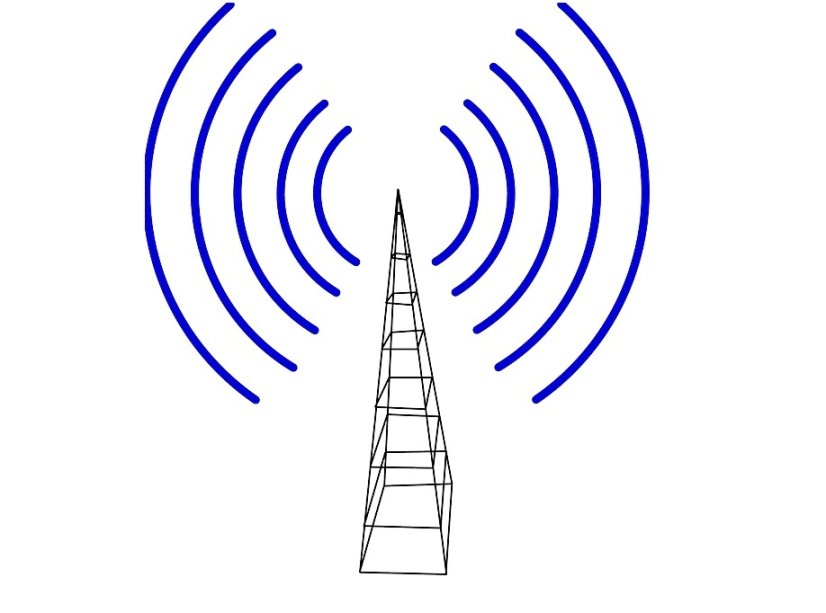This article explains level transmitter installation and calibration. Follow this level transmitter installation and calibration procedure.
Having a reliable and accurate level transmitter can be an incredibly beneficial asset for numerous industry operations, yet the installation process tends to baffle many. That’s why it is essential to understand all the components of this critical device, including how to properly install and calibrate one.
In this comprehensive guide, we will take you through every step necessary so that you have complete confidence in your knowledge of level transmitters going forward. We’ll also provide key tips on troubleshooting common issues that may arise. Read on to learn more about installing and calibrating a level transmitter.

Identifying the right type of level transmitter for your application
Choosing the right type of level transmitter for your application is a crucial step in ensuring precision and efficiency. With an extensive range of level transmitters available on the market, selecting the appropriate one that fits your specific needs can be challenging.
As a professional, it’s important to consider factors such as the environment your application operates in, the type of liquid or material being measured, and the accuracy required. Understanding the key differences between the different types of level transmitters, such as hydrostatic, ultrasonic, and radar, can enable you to make an informed decision and achieve optimal results.
Investing time in selecting the right level transmitter can save you from costly repairs and unnecessary downtime in the long run, making it a worthy investment.
Step-by-step instructions on how to install a level transmitter
Installing a level transmitter can seem like a daunting task, but with the right tools and step-by-step instructions, it can be a straightforward process.
First, identify the location where the level transmitter will be installed and ensure that it is in a suitable environment. Then, mount the transmitter using the appropriate hardware and ensure a secure fit. Next, properly wire the transmitter to power and connect it to the control system. Finally, calibrate the transmitter to ensure accurate measurements.
By following these steps carefully and precisely, you can have your level transmitter up and running smoothly in no time.
Tips for ensuring proper calibration of the level transmitter
Ensuring that your level transmitter is properly calibrated is critical for accurate and reliable process measurements. Fortunately, there are some helpful tips to keep in mind when calibrating your level transmitter.
First, begin with a thorough inspection of the equipment to ensure that it is in good working condition. Next, follow the manufacturer’s instructions for setting up and calibrating the transmitter.
Be sure to take accurate measurements at the set points and record them correctly. Regular maintenance is also important to ensure that the transmitter continues to function at peak performance.
By following these tips, you can be confident that your level transmitter is calibrated correctly and providing accurate process measurements.
How to troubleshoot common issues with level transmitters
In the world of industrial process measurement and control, level transmitters play an important role in ensuring efficient and safe operations. However, like any other instrument, level transmitters can experience issues that impact their performance and accuracy.
Troubleshooting these issues can be a daunting task, but with the right approach, it can be done efficiently and effectively. From identifying potential causes to implementing appropriate solutions, this process requires attention to detail, technical knowledge, and a commitment to excellence.
By taking a methodical and focused approach, you’ll be able to resolve common issues with level transmitters, keeping your systems running smoothly.
Strategies for properly maintaining your level transmitter over time
Maintaining your level transmitter over time is crucial for its proper operation. Neglecting regular maintenance can lead to inaccurate readings or even complete failure. To ensure that your level transmitter stays in top condition, there are several strategies you can implement.
First, it’s important to conduct routine inspections to identify any signs of wear or damage. Additionally, regularly calibrating your transmitter will ensure that it’s providing accurate measurements.
Another useful strategy is to keep your transmitter clean, as dirt and debris can interfere with its function. Finally, it’s important to replace any worn or damaged parts promptly to avoid more extensive and costly repairs down the line.
By proactively maintaining your level transmitter, you can avoid downtime, costly repairs, and lost productivity.
In conclusion, installing and utilizing a reliable level transmitter offers many benefits, not just for the initial investment but also for providing years of accurate readings when properly calibrated and maintained. Hopefully this guide has been informative and useful in helping you make better decisions regarding level switching applications in your own efforts.
